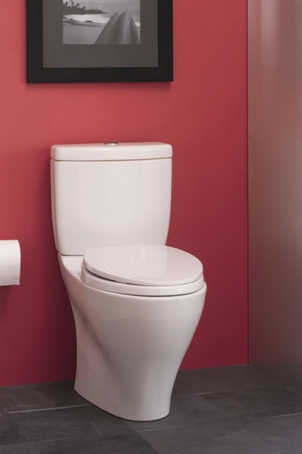The desgin portion of a project is probably the shortest, yet most important phase. Every desision made here will have an impact on the remaining life of the house- if something is places in the wrong spot, we'll be annoyed with it forever and always wish, we had done it differently.
But it's also the most fun part, since we can experiment with different approaches and ideas.
Now, what do we want from the house?
Let's start with a shopping list:
1. The house should be modest in size- 3 bedrooms on a private level.
2. The house should have a room for a home office/ workshop- Our old house had a big studio in the back which we used for furniture making, as a painting studio and home office. An awesome space which we are missing every day.
3. The indoor-outdoor relationship has to be very strong. We live here in a subtropical climate that allows to use the outdoors for most part of the year as an extended living space. And since we had lived many years in Europe, where blue sky can be a scarce commodity, we wanted to maximize the windows area.
4. The house should reflect the architectural language of it's time -the 21st century. We don't want a fake Tuscan Palazzo, because you can try to only imitate the shape of it, but you'd never capture the spirit and interior climate with a wood framed building. Anyone thinking different should spend a vacation in Tuscany (an awesome place)and find out for themselves before making their decision about style.
5. One of the most important aspects about the design is to incorporate the particularities of our climate. Los Angeles is located in a semi-arid environment. We are receiving 15 inches of rain per year- the same amount as Denver does. But while Denver gets it's percipitation over a 12 month period, we're getting it in only 3 months. and we need to account for that by storing as much as we can on site for irrigation in the dryer months. We therefore decided to incorporate a rain water harvesting system in the design.
6. We also wanted to recycle the water from tubs, showers and washer by installing a graywater system. As we learned, no one so far has managed to get a permit for that- so we'll be probably the first ones in town to get a permitted graywater system- if we succeed. But more on that later.
7. Another climatic aspect is sun. While we have more than enough of it in summer, winters can be a bit chilly- although barely below freezing. So we need to provide protection from the summer sun, but let the winter sun in- provide enough insulation but use the sun to heat water- maybe even photovoltaics, if we can afford them. Our goal is to use as little A/C as possible- only as a backup system. To achieve that, we have a central stairwell with openings at the top, that allows us to draw in air through the windows and use the stack effect of the stairwell to draw it up and vent it out. We also provided openings in the direction of the prevailing winds to flush out the house. On the roof, we intend to use metal panels and/ or refective roofing material to reduce heat gain and on the upper floor walls we want to experiment with a rainscreen facade system to cool the exterior building walls in summer.
8. Most important, we also have a strict budget that cannot be exceeded. We will design the house in standard modules, use standard size doors and windows and won't be using structural steel, since this is expensive, will cause delays in coordination and delivery and is also quite a waste of energy.
Quite a challenge, I'd say. But that's the fun of designing anyway, isn't it?













